Get Ready for Galactic Goosebumps!
In a scary Halloween movie, monsters, ghouls, and haunted houses can give you the creeps! Those things are, of course, just stories that were made up to give you a fright. If you want a real scare, check out these nine unearthly nightmares that could be happening right now in our own galaxy. Eek!
Click the "Next" arrow below to flip through the slideshow…if you dare.
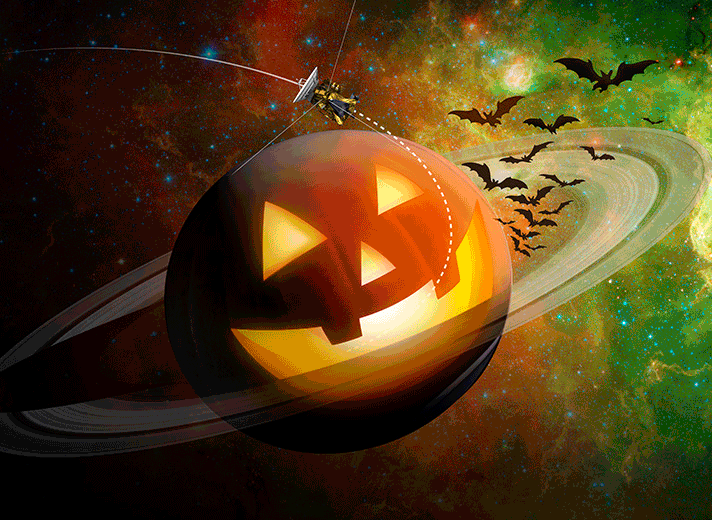
Artist’s concept. Image credit: NASA/JPL-Caltech
Miranda the Monster Moon
Miranda is an icy moon of Uranus, the seventh planet from our Sun. If you look closely at Miranda, you’ll notice a mismatched appearance. Are those scars a sign that this moon was patched together like Frankenstein’s monster? Nope! Those patches are actually deep craters, high ridges, and extreme cliffs.
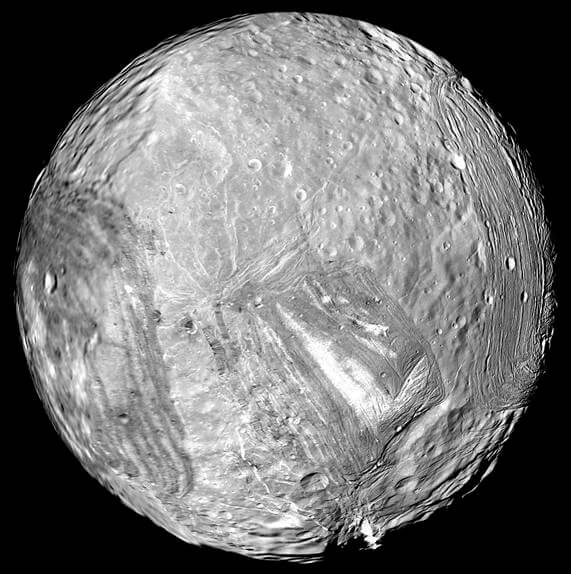
Image credit: NASA/JPL-Caltech
A Frightening Face on the Sun
When NASA’s Solar Dynamics Observatory captured this picture of our Sun in October 2014, it looked like the Sun was getting ready for Halloween! You can light up the face of a jack-o-lantern at home with a candle or flashlight. What’s lighting up this Sun pumpkin’s face? Active regions of the Sun that emit large amounts of light and energy. And on that day in October, those regions happened to look like a ghoulish grin!
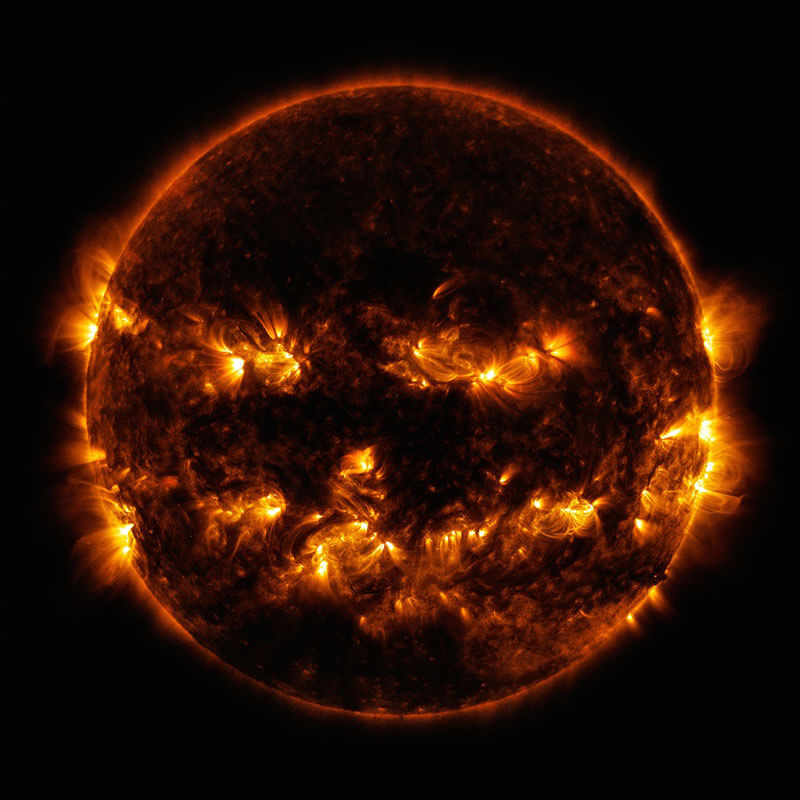
Image credit: NASA/GSFC/SDO
Death by Spaghettification?
A black hole is an object with gravity so strong that nothing—not even light—can escape. Because of this, we can’t really see black holes, but we can see how they pull on the stars and objects around them. It may sound wild, but there’s actually one at the center of our own galaxy, the Milky Way.
Movies sometimes show a black hole as a gateway to another world. Could that happen in real life? Probably not. Instead, scientists think that if you really got too close to a black hole, the pull of gravity would be so strong that you’d be stretched into a long, thin noodle of material.
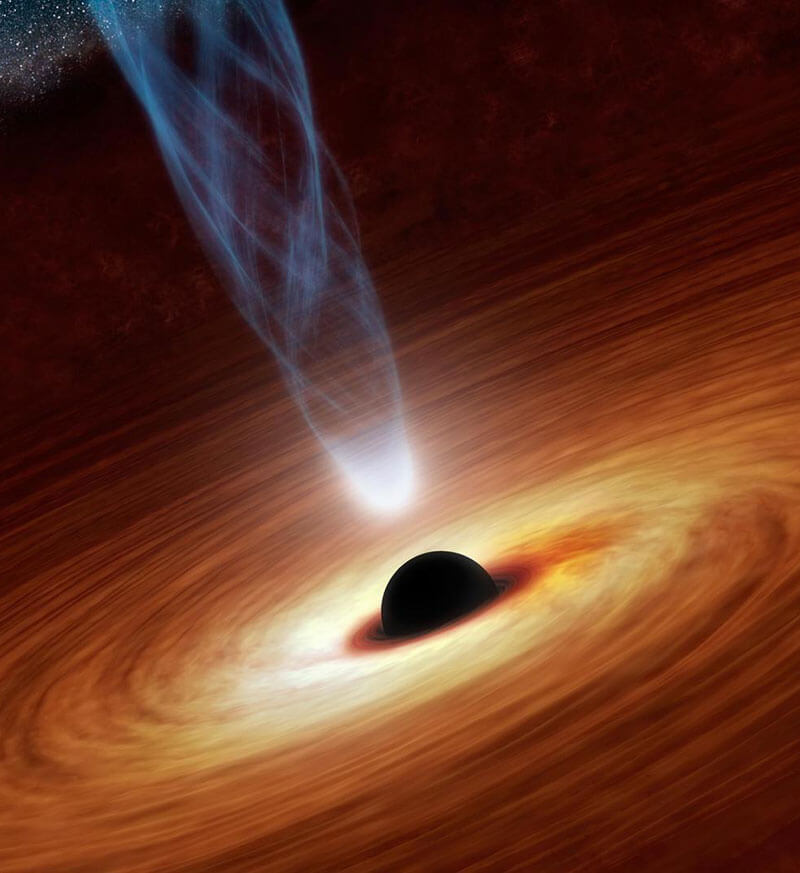
Artist’s concept. Image credit: NASA/JPL-Caltech
Unending Darkness on the Moon
Imagine a place with no sunlight at all. Not a single ray of it. Did you know a place like that exists in our very own solar system? It’s a fact! The Moon turns as it orbits Earth each month, exposing nearly its entire surface to sunlight. However, the Sun never rises above the rims of some craters near the Moon's poles. The floors of those craters haven’t seen the Sun for billions of years! So if you’re planning a trip to the bottom of one of these craters, be sure to bring a flashlight.
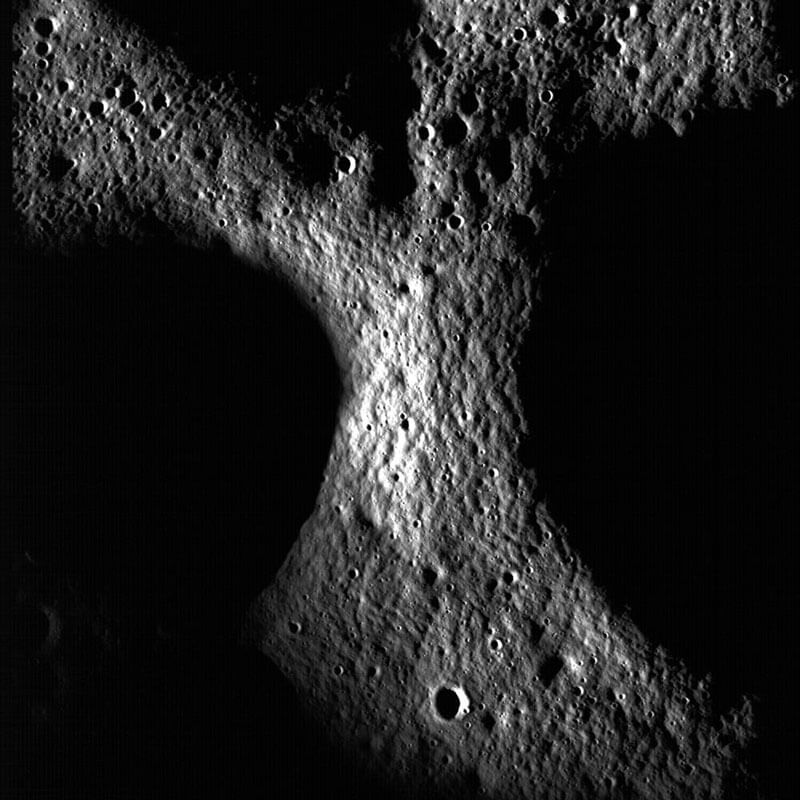
Image credit: NASA/GSFC/Arizona State University
Spine-tingling Space Sounds
Sound is absent in the vacuum of space. That means to the human ear, space is a very quiet place. But we can detect energy in space with other kinds of waves. Sometimes, to better understand cosmic events, NASA scientists turn those other energy waves into sound that we can hear. For example, about 11 seconds into this sound clip below, you’ll hear the change when NASA’s Juno spacecraft crossed into Jupiter’s immense and extreme magnetic field.
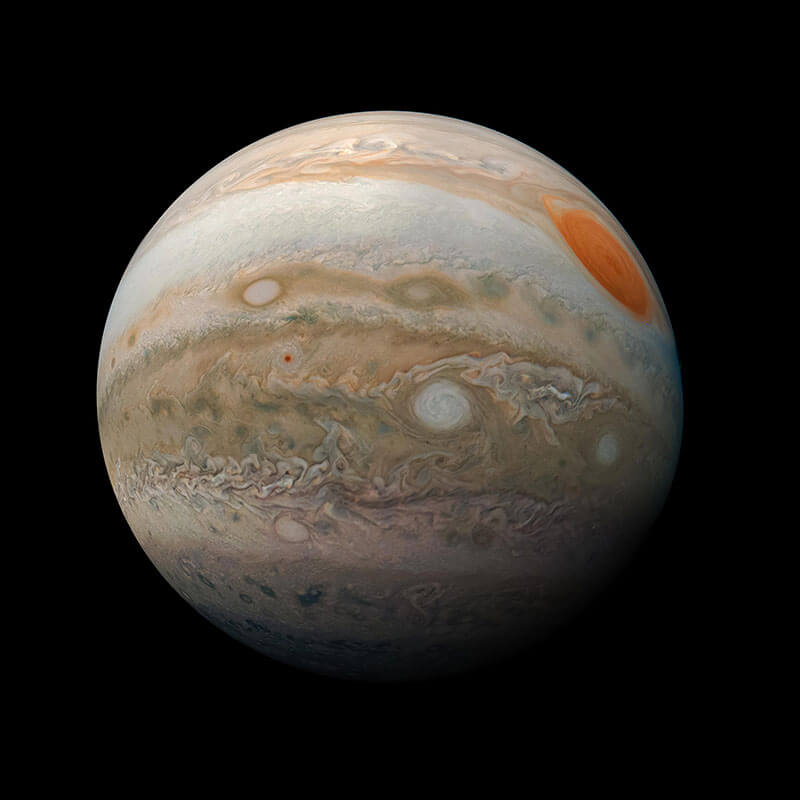
Image credit: NASA/JPL-Caltech/SwRI/MSSS/Kevin M. Gill
The “Spiders” on Mars
In the spring on Mars, spiders emerge from the ground. OK, they’re not actually spiders, but from high above, they sure look like creepy crawlies. When frozen carbon dioxide below the planet’s surface warms enough, it transforms from solid to gas. The trapped gas builds in pressure until it breaks through the Martian surface as a jet. As the jet shoots through the surface, it scatters dark dust around the vent. That’s what creates these spider-like features on the surface.
Practice exploring the surface of Mars with this rover game!
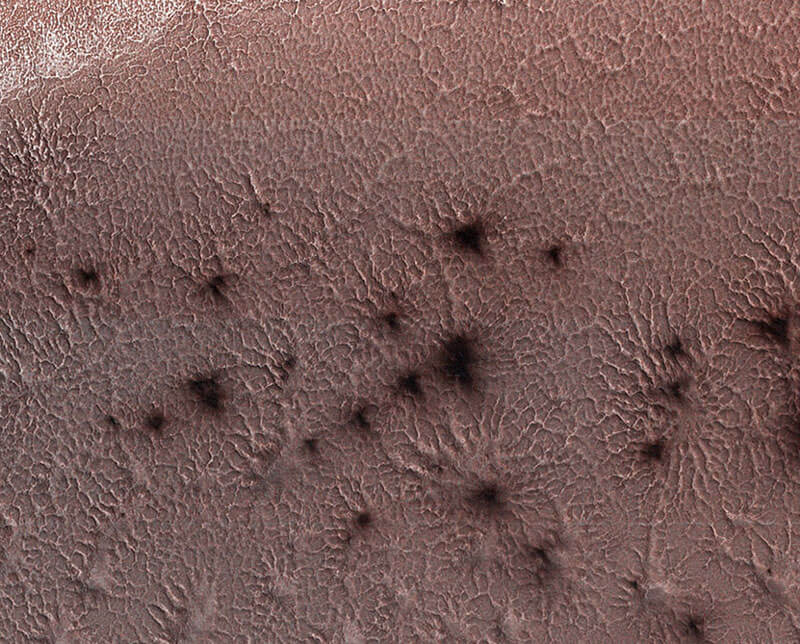
Image credit: NASA/JPL-Caltech/Univ. of Arizona
Deadly Winds, Rains of Molten Glass
Exoplanets are planets outside our solar system. And there are some pretty wild worlds out there! For example, from a distance, the planet depicted in this drawing, called HD 189733 b, has a blue color makes it look a bit like Earth. But the weather on this world is nothing like Earth at all. Can you handle winds that travel seven times the speed of sound? Or blowing raindrops made of molten glass? Probably more comfortable to stick around on our own blue planet!
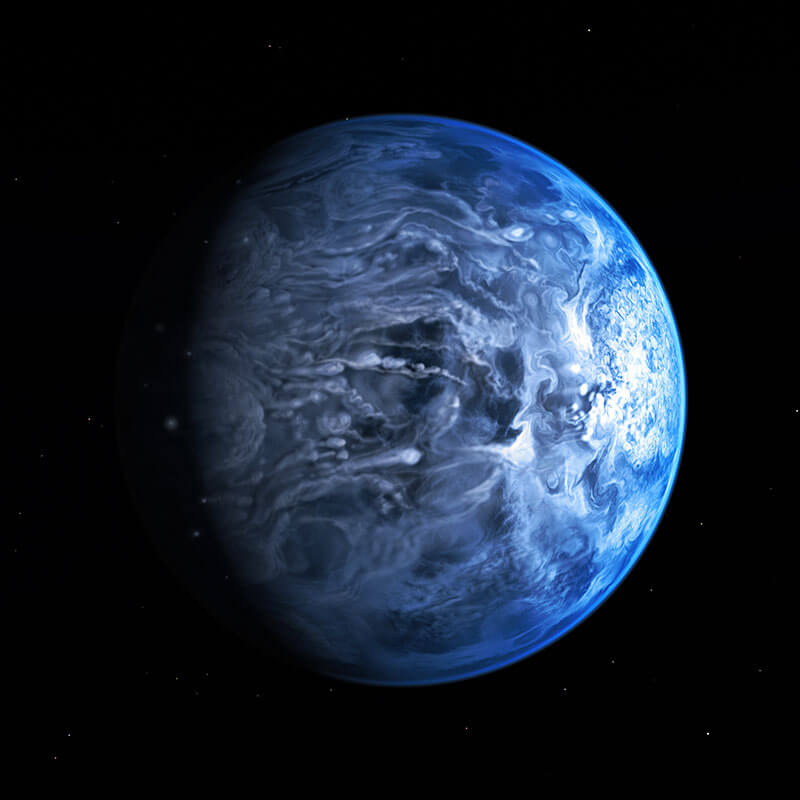
Artist’s concept. Image Credit: ESO/M. Kornmesser
A Skull in Our Solar System
A creepy, skull shaped asteroid called 2015 TB145 tumbled past Earth around Halloween in 2015. Scientists later figured out that it was likely a comet that burned out. The skull-shaped asteroid measured about 2,000 feet, or 600 meters wide. Imagine if that was the skull of a pretend giant human. At that size, the person would have to have been three miles (4.5 kilometers) tall!
What’s the difference between an asteroid and a comet? Learn more here!
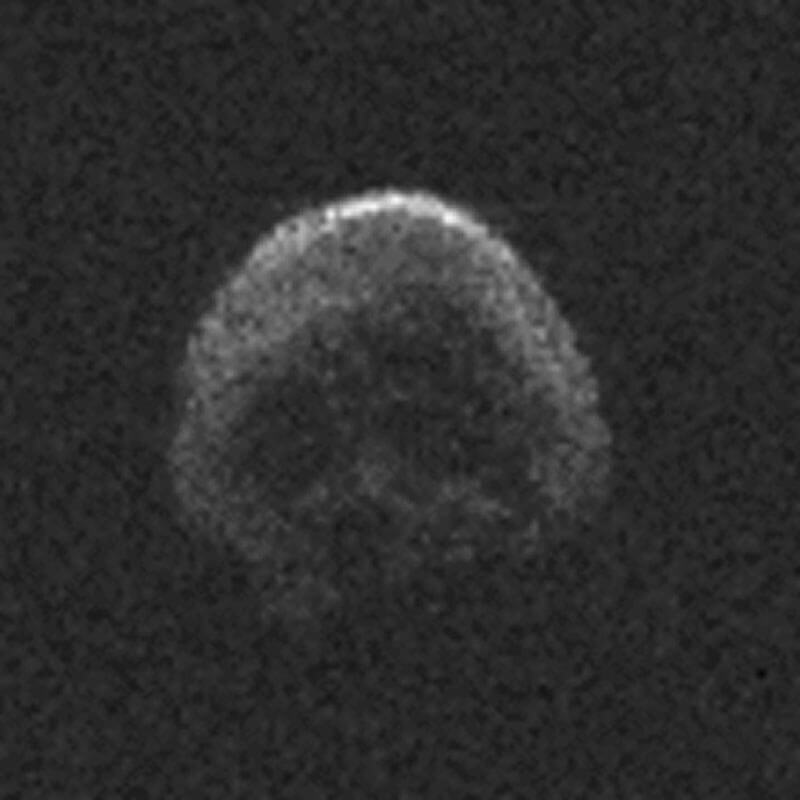
Image credit: NAIC-Arecibo/NSF
Rest in Peace, Robots
Satellites that orbit Earth can keep working for a very long time. But where do they go when they reach the end of their lives? Well, if satellites are small enough and close enough, they dive into Earth’s atmosphere and burn up. If the spacecraft is too far away to head back toward Earth, the satellite is instead sent into a far out “graveyard orbit,” many thousands of miles away from Earth. Out there, the dead satellite won’t burn up, but it will at least stay out of the way of active, working satellites.
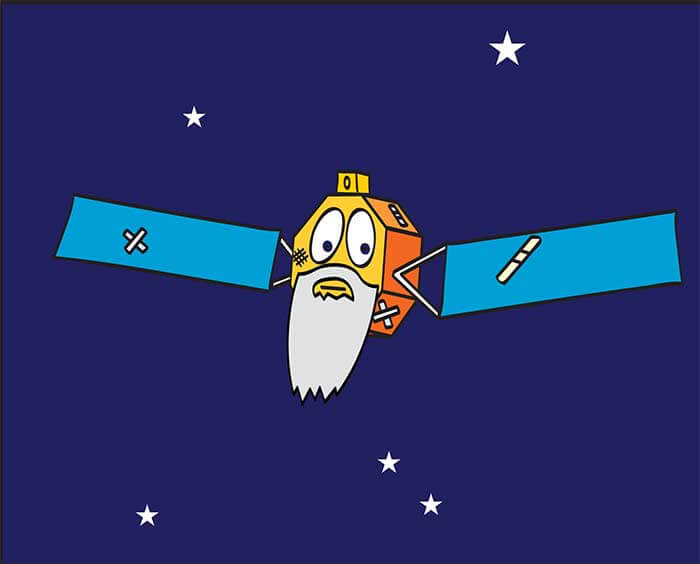
Still not scared off?
Go on a Haunted Hayride with our friends at NASA Solar System Exploration!
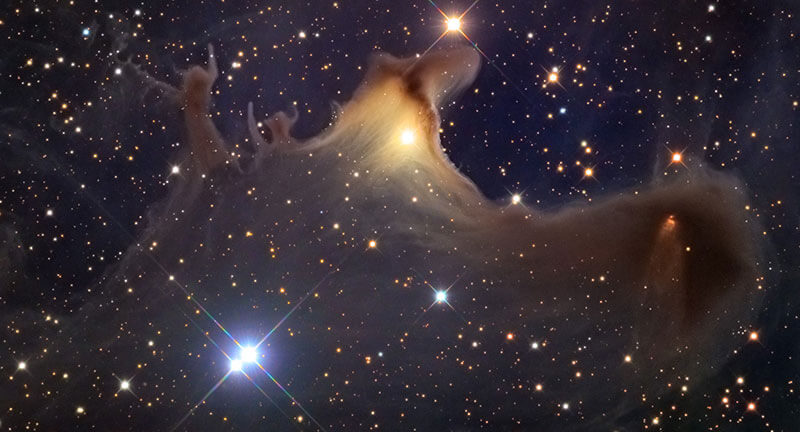
Image credit: Adam Block/Mount Lemmon SkyCenter/University of Arizona CC BY-SA 3.0




